Welcome to my rolling review of the Sigma 70mm F2.8 DG Macro Art lens for Sony full-frame E-mount. I initially rented this lens from HireaCamera here in the UK but have since purchased my own copy so that we can spend a little more time together.
Review Status: This review is on hold since I managed to damage my copy of this lens. It will be finished as soon as I’ve replaced it.
**Please Note: Unless otherwise mentioned no post processing has been applied to the image samples in this guide except for cropping. Full resolution SOOC JPEG images are available to download. RAW files are also available but password protected to help keep my hosting costs sensible. However, I do provide the username/password to all members of our community forum. All images are copyright protected and may be used for personal use only.
Lens Overview
The Sigma 70mm F2.8 DG Macro lens for Sony E-mount (full-frame) is the first macro lens from Sigma that has been adapted to Sony E-mount. However, the word adapted here is very important since the E-mount version of this lens has been adapted from their Canon and Sigma versions that were originally designed for SLR cameras and not mirrorless. The additional adapter that is built onto the back of the lens body for the E-mount does add extra weight and length to the lens over its SLR equivalents.
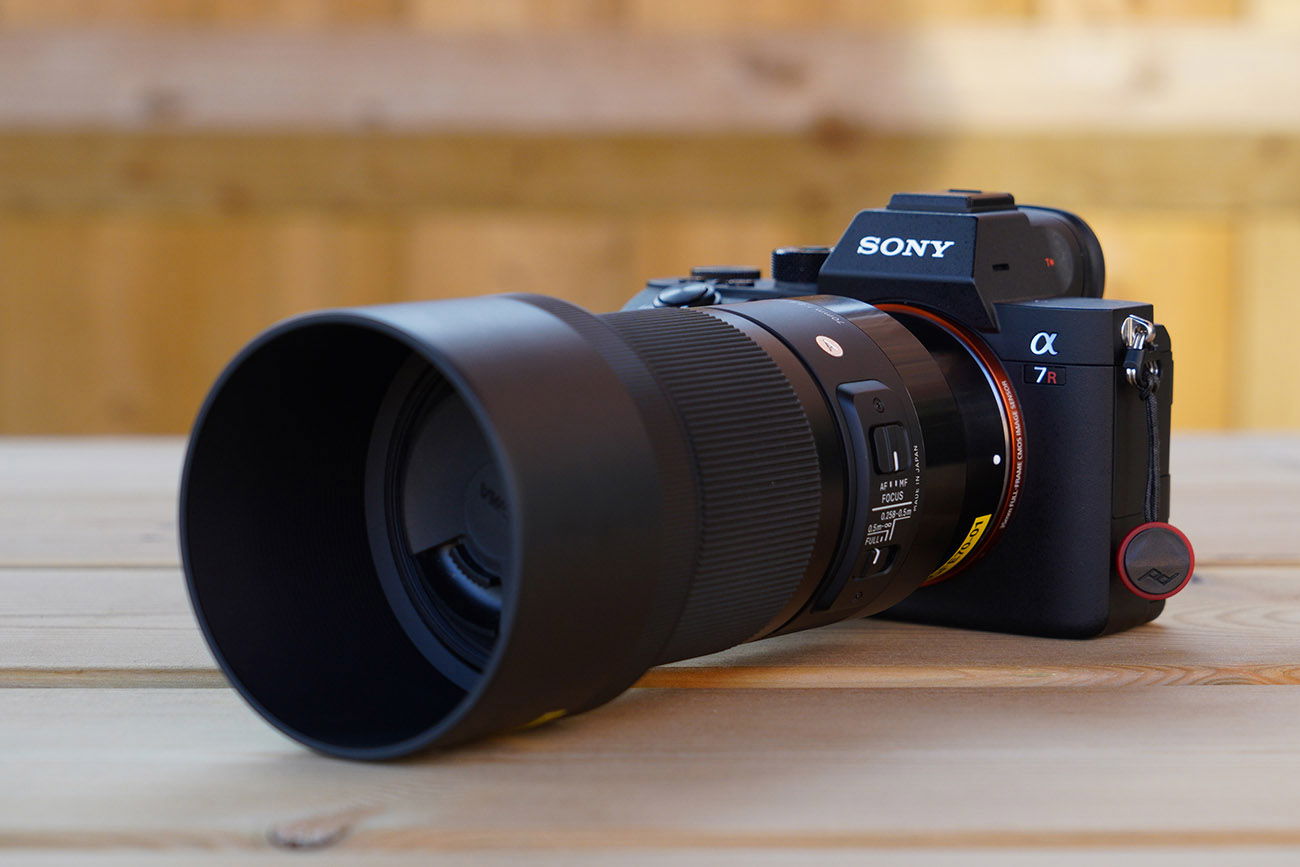
Key Specs
- Mount: Sony E-mount (Sigma + Canon also available)
- Format: Full-Frame
- Focal length: 70mm
- Stabilization: No
- Weather sealing: Yes
- Construction: 13 elements in 10 groups
- Aperture blades: 9 rounded
- Maximum aperture: f/2.8
- Minimum aperture: f/22
- Minimum focusing distance: 25.8cm
- Maximum magnification ratio: 1:1
- Filter diameter: 49mm
- Weight: 622g (with lens hood)
- Length: 130mm (min) 181mm (max)
- Diameter: 70.8mm
You can find the full specifications on Sigma’s website.
Sample Images
The sample images included in this review have been mainly shot on my Sony a7R III and a7 III, with a couple shot on my a6500. Unless otherwise mentioned, all were shot handheld and with natural light.
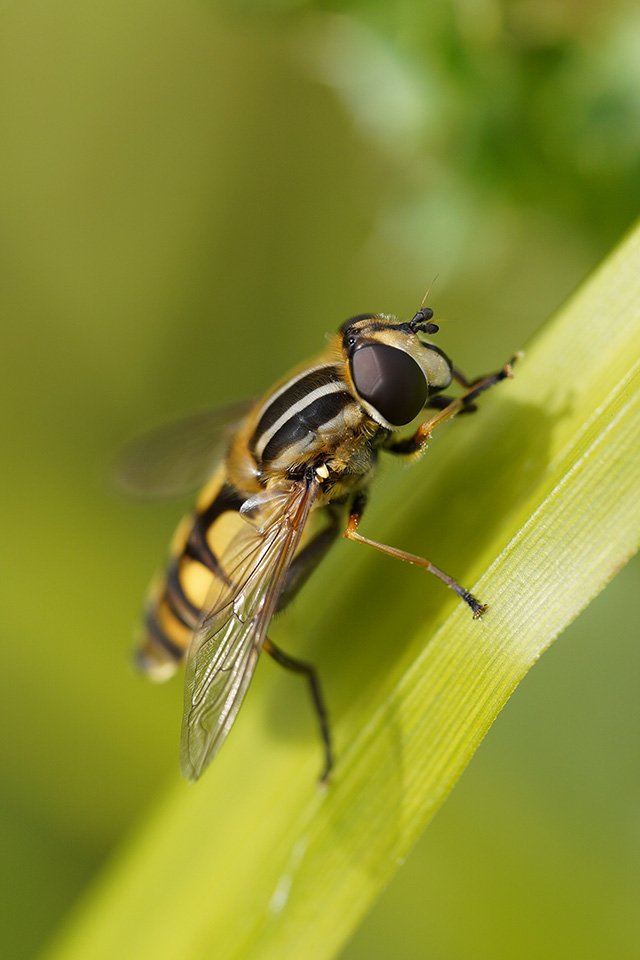
a7 III + Sigma 70mm F2.8 Macro @ 1/800 | f/4 | ISO 320 | Cropped | ** Full Resolution SOOC Download: JPEG | RAW
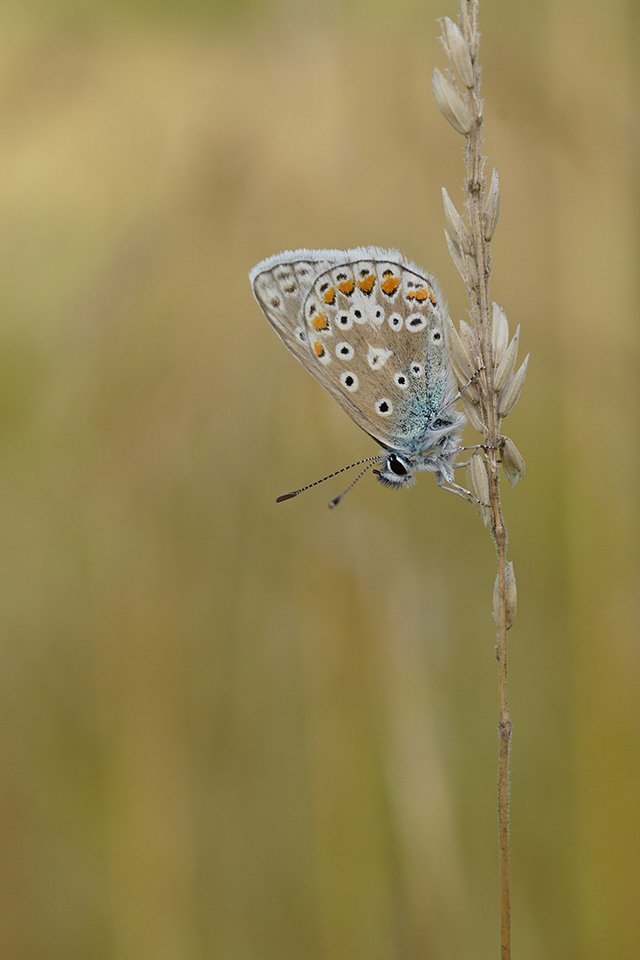
a7R III + Sigma 70mm F2.8 Macro @ 1/250 | f/8 | ISO 400 | Cropped | ** Full Resolution SOOC Download: JPEG
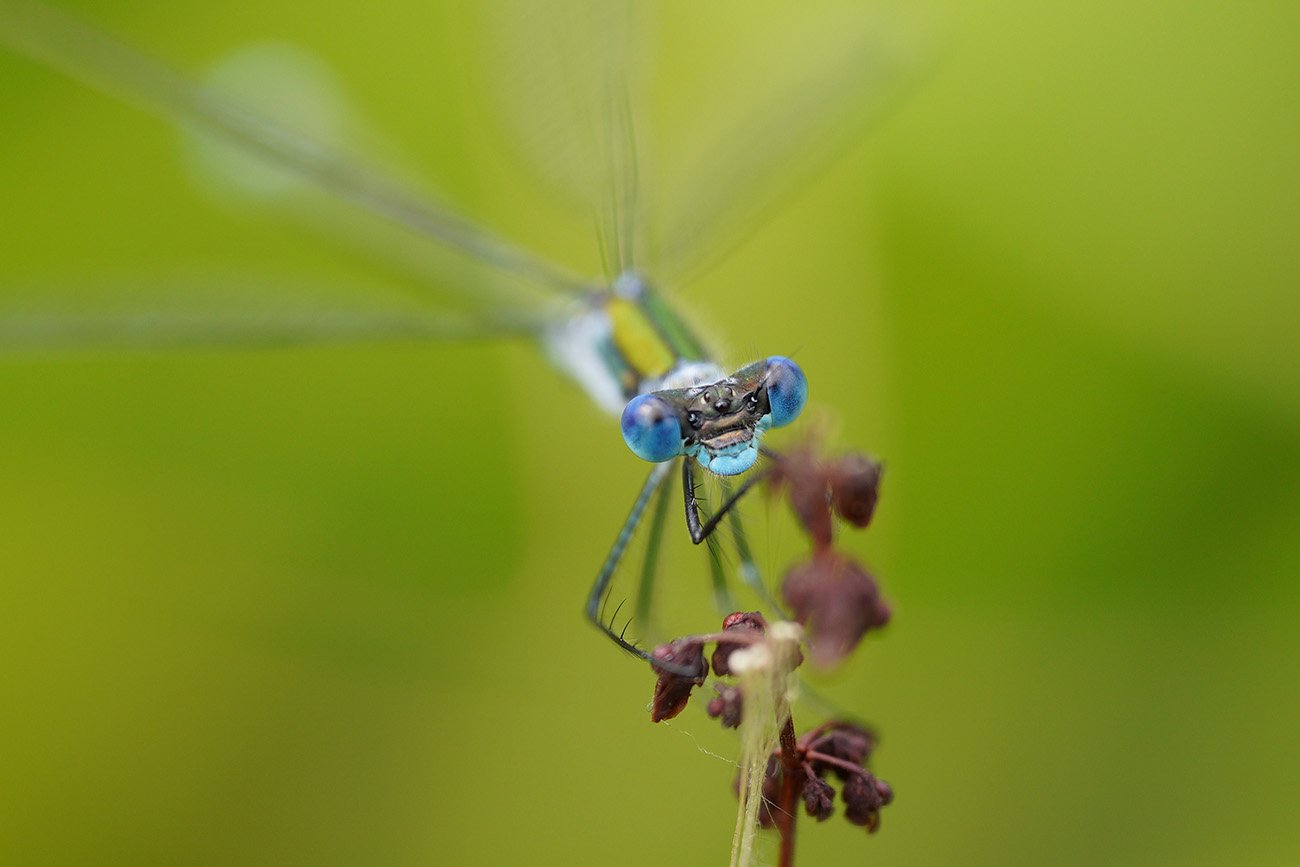
a7 III + Sigma 70mm F2.8 Macro @ 1/640 | f/2.8 | ISO 250 | Cropped | ** Full Resolution SOOC Download: JPEG | RAW
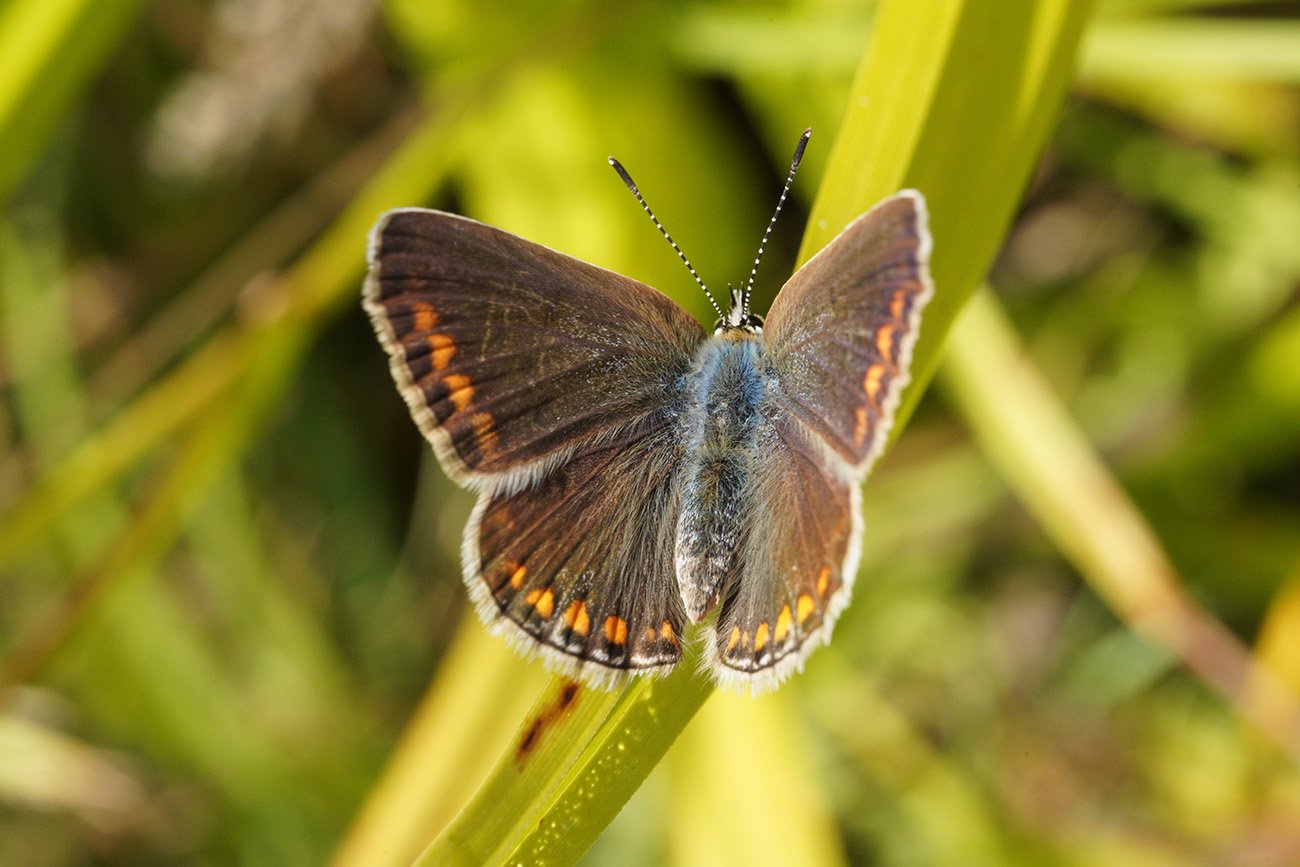
a7R III + Sigma 70mm F2.8 Macro @ 1/200 | f/16 | ISO 1600 | ** Full Resolution SOOC Download: JPEG
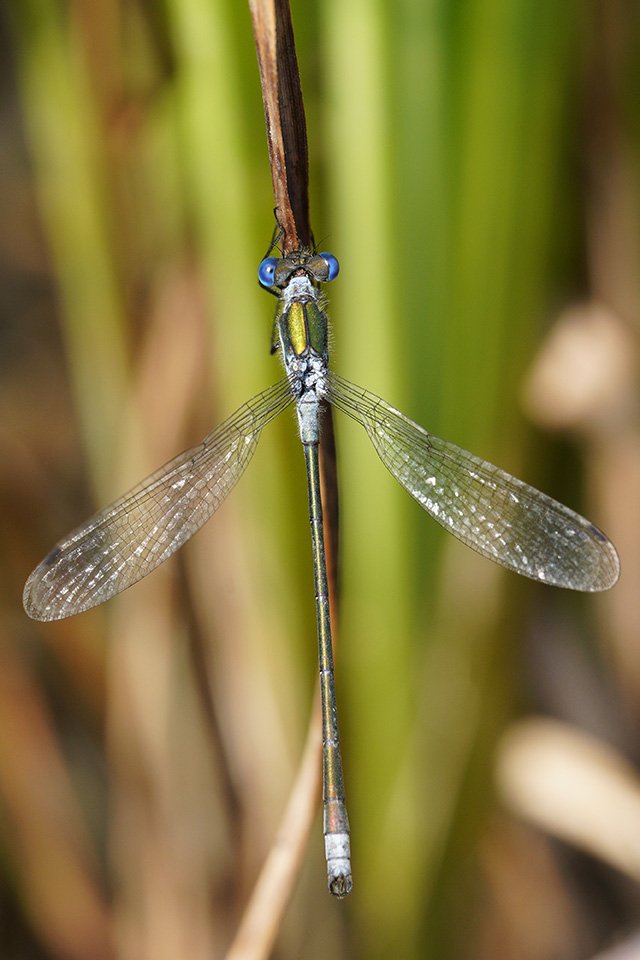
a7R III + Sigma 70mm F2.8 Macro @ 1/200 | f/8 | ISO 400 | Cropped | ** Full Resolution SOOC Download: JPEG
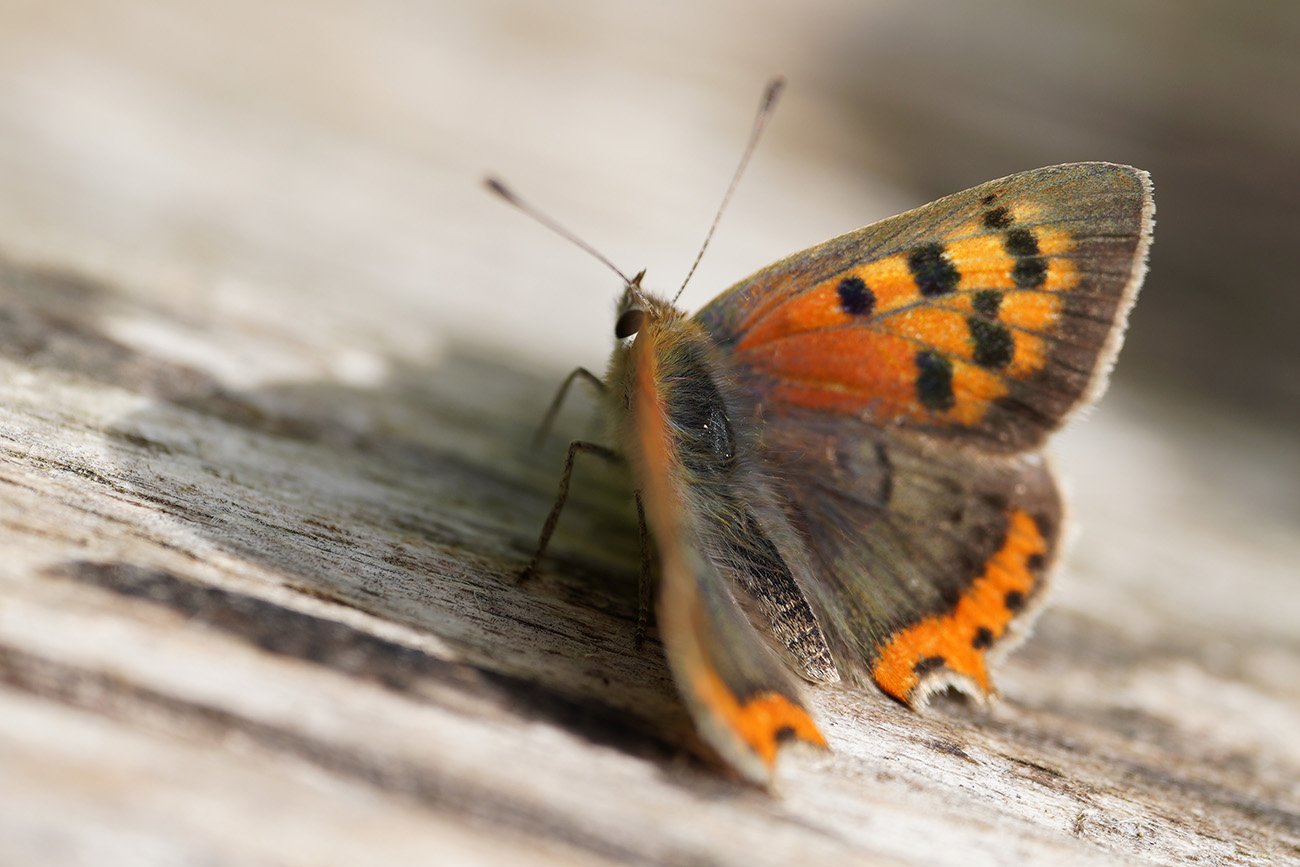
a7 III + Sigma 70mm F2.8 Macro @ 1/800 | f/2.8 | ISO 100 | Cropped | ** Full Resolution SOOC Download: JPEG | RAW
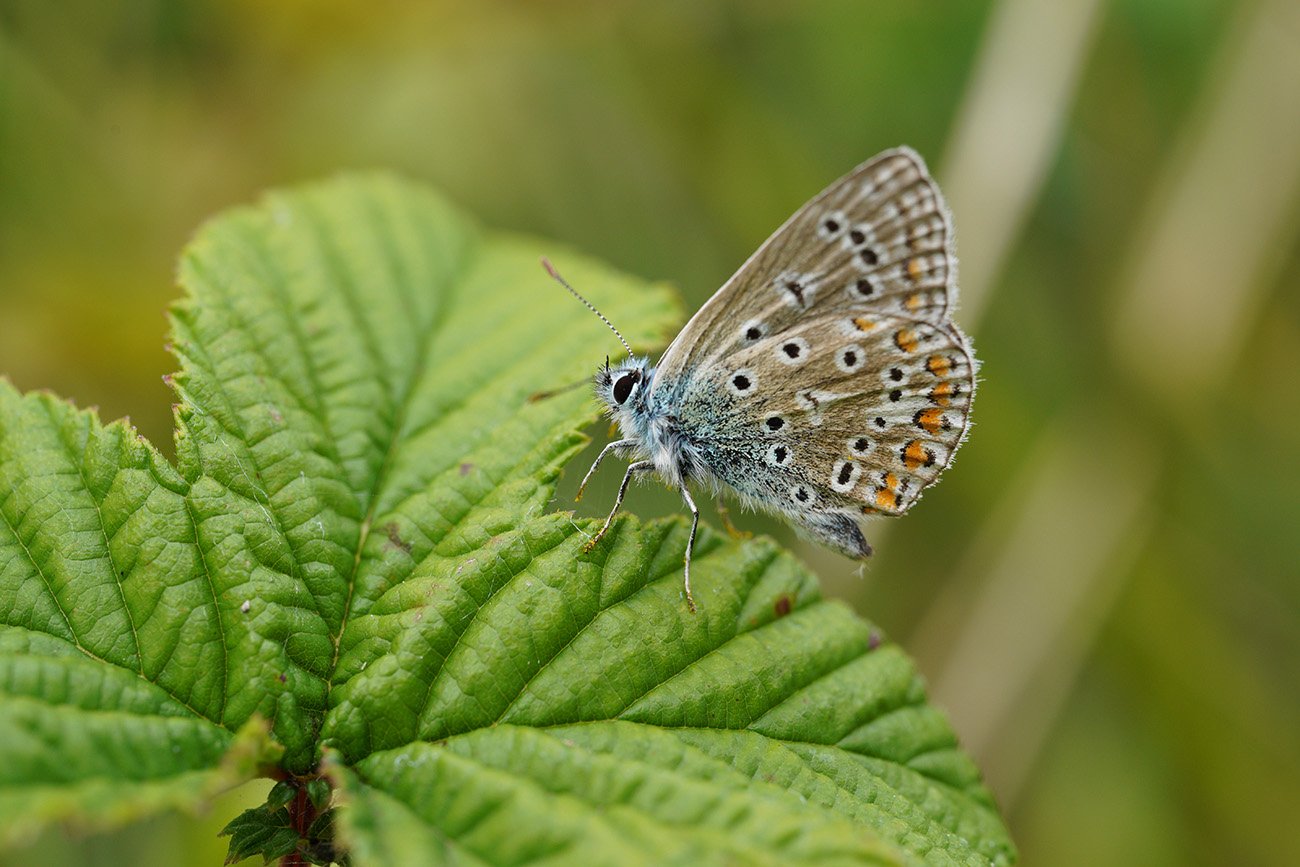
a7 III + Sigma 70mm F2.8 Macro @ 1/200 | f/8 | ISO 640 | ** Full Resolution SOOC Download: JPEG | RAW
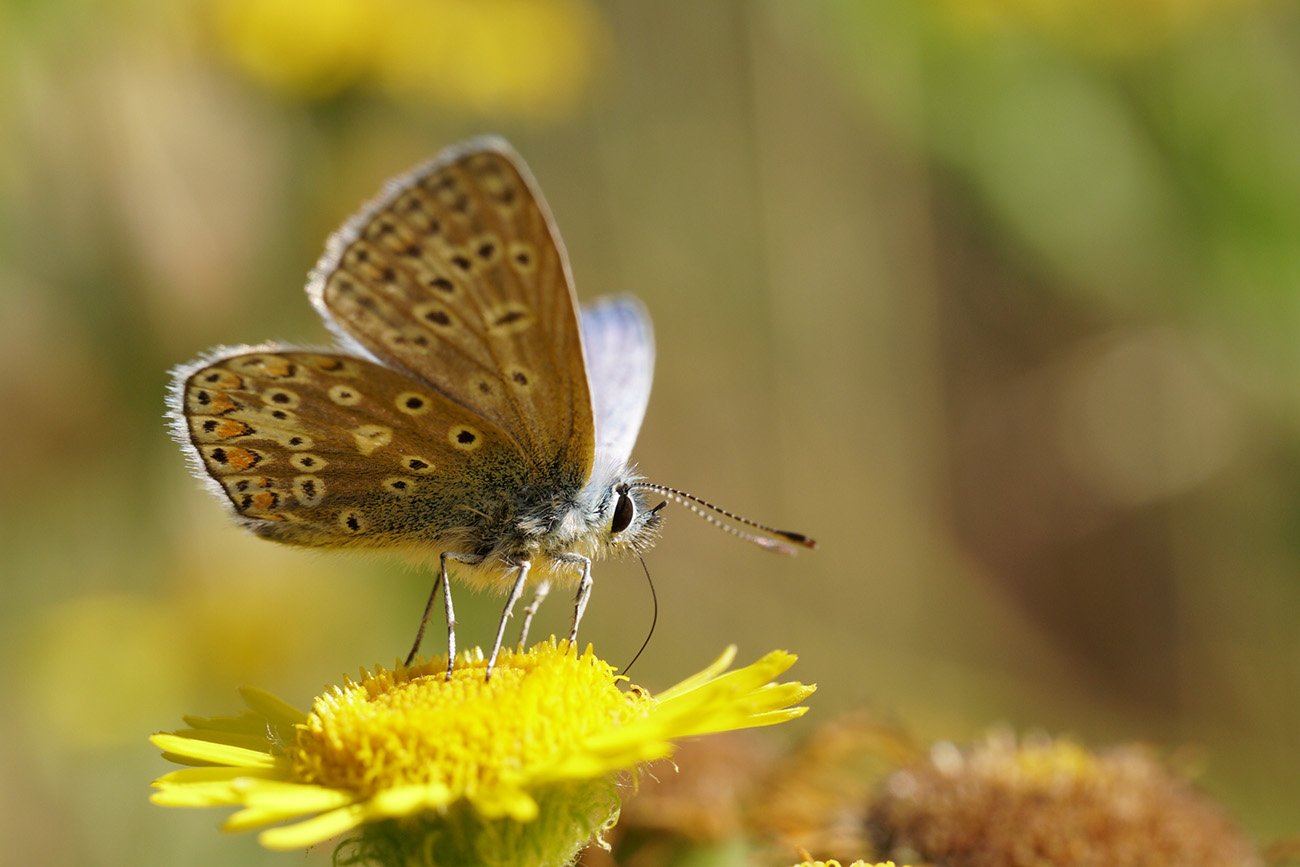
a6500 + Sigma 70mm F2.8 Macro @ 1/250 | f/8 | ISO 160 | Cropped | ** Full Resolution SOOC Download: JPEG | RAW
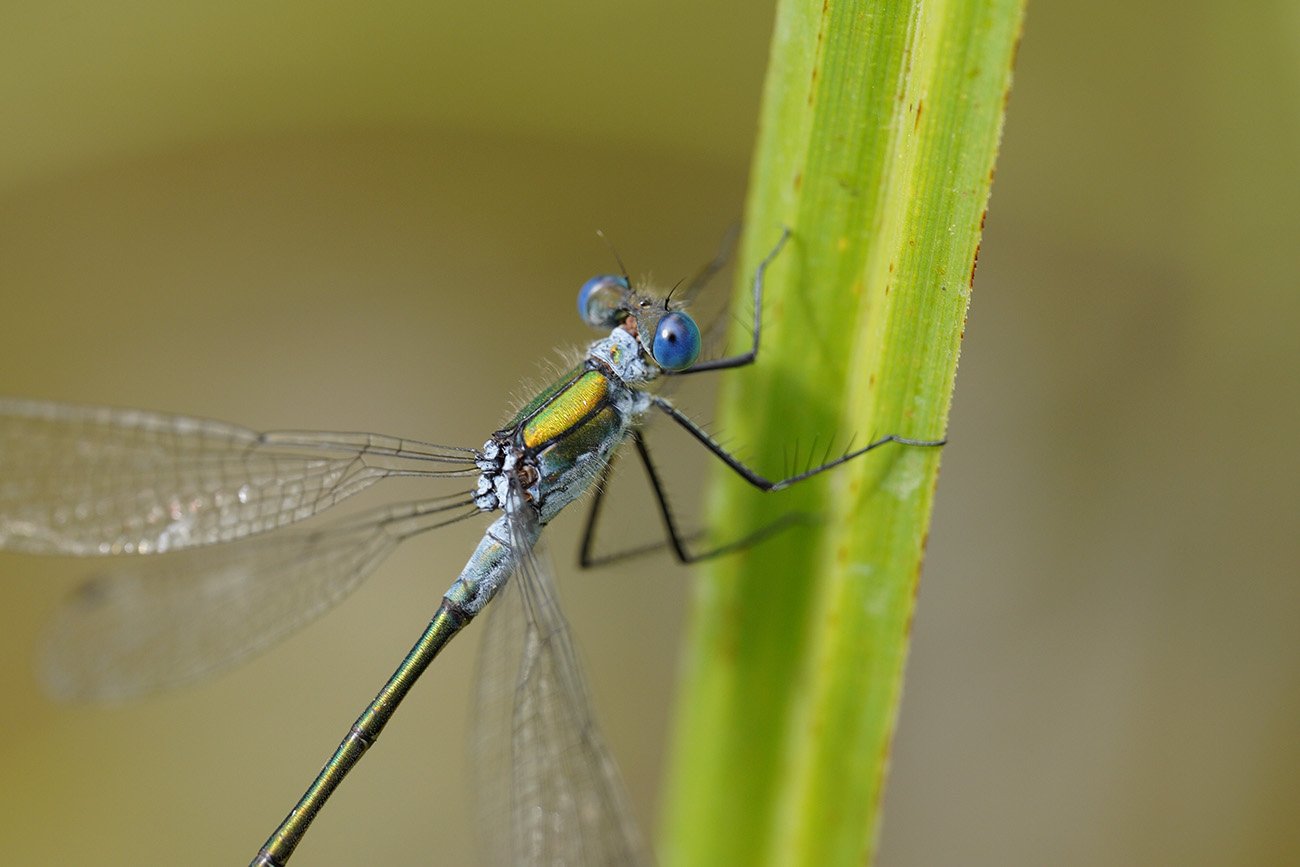
a7 III + Sigma 70mm F2.8 Macro @ 1/200 | f/5.6 | ISO 400 | Cropped | ** Full Resolution SOOC Download: JPEG | RAW
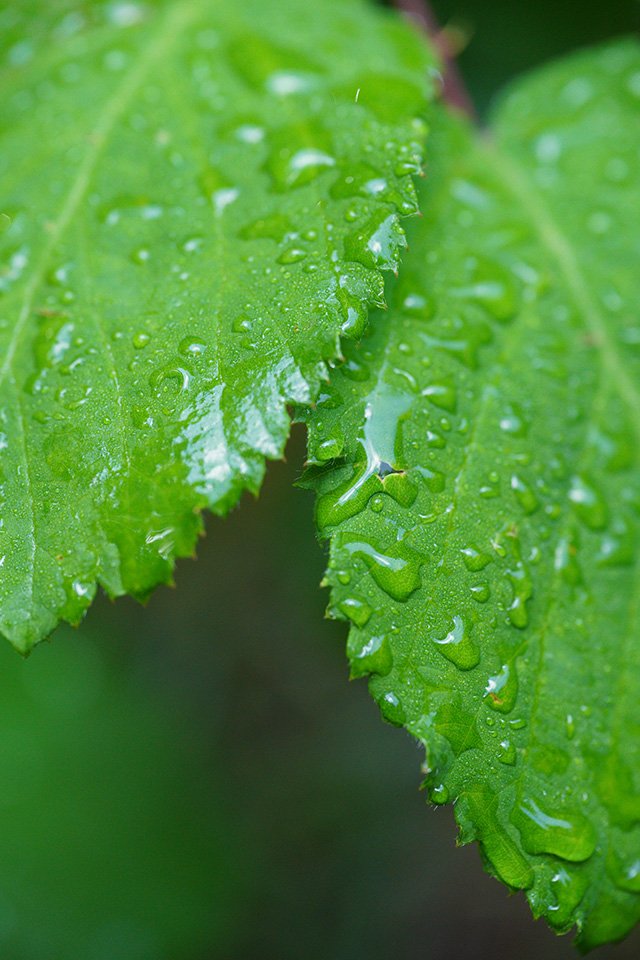
a7 III + Sigma 70mm F2.8 Macro @ 1/500 | f/4 | ISO 3200 | Full-frame | ** Full Resolution SOOC Download: JPEG | RAW
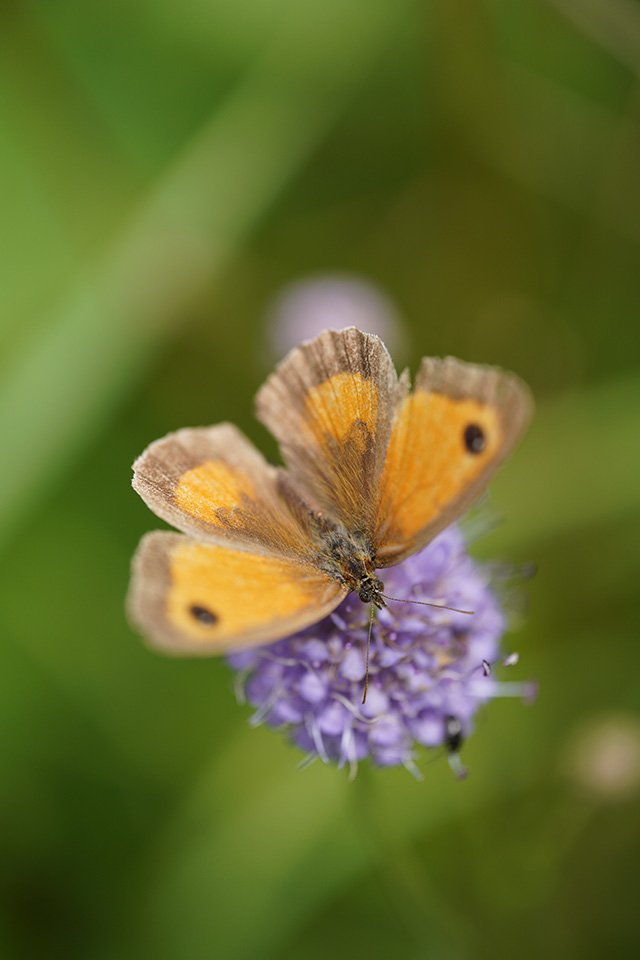
a7 III + Sigma 70mm F2.8 Macro @ 1/800 | f/2.8 | ISO 250 | Full-frame | ** Full Resolution SOOC Download: JPEG | RAW
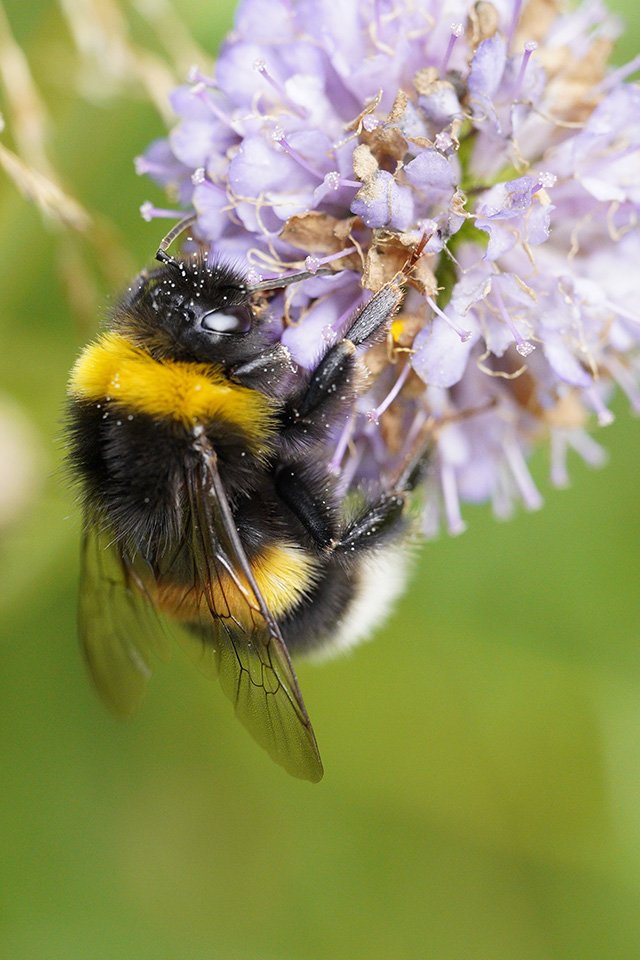
a7 III + Sigma 70mm F2.8 Macro @ 1/400 | f/5.6 | ISO 1600 | Cropped | ** Full Resolution SOOC Download: JPEG | RAW
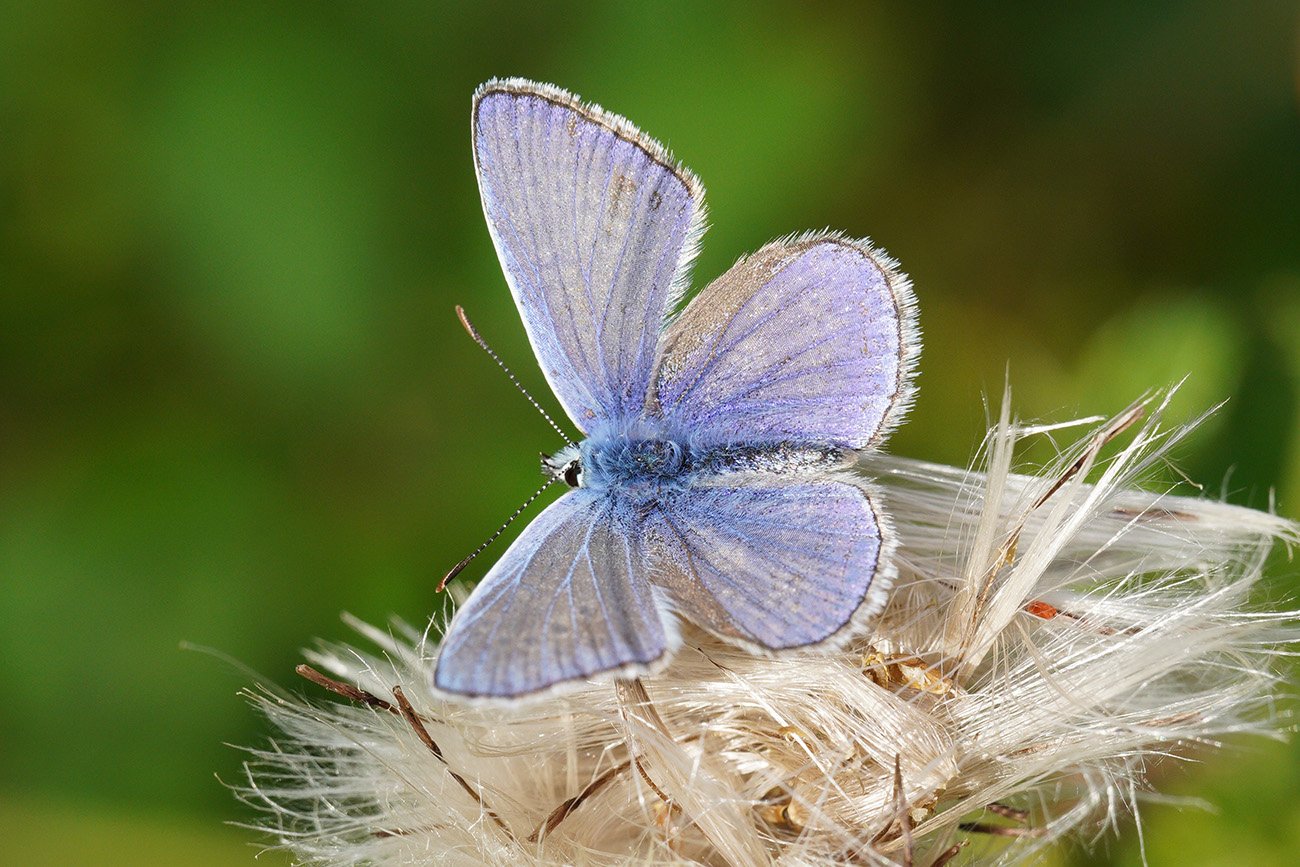
a7 III + Sigma 70mm F2.8 Macro @ 1/500 | f/9 | ISO 640 | Cropped | ** Full Resolution SOOC Download: JPEG | RAW
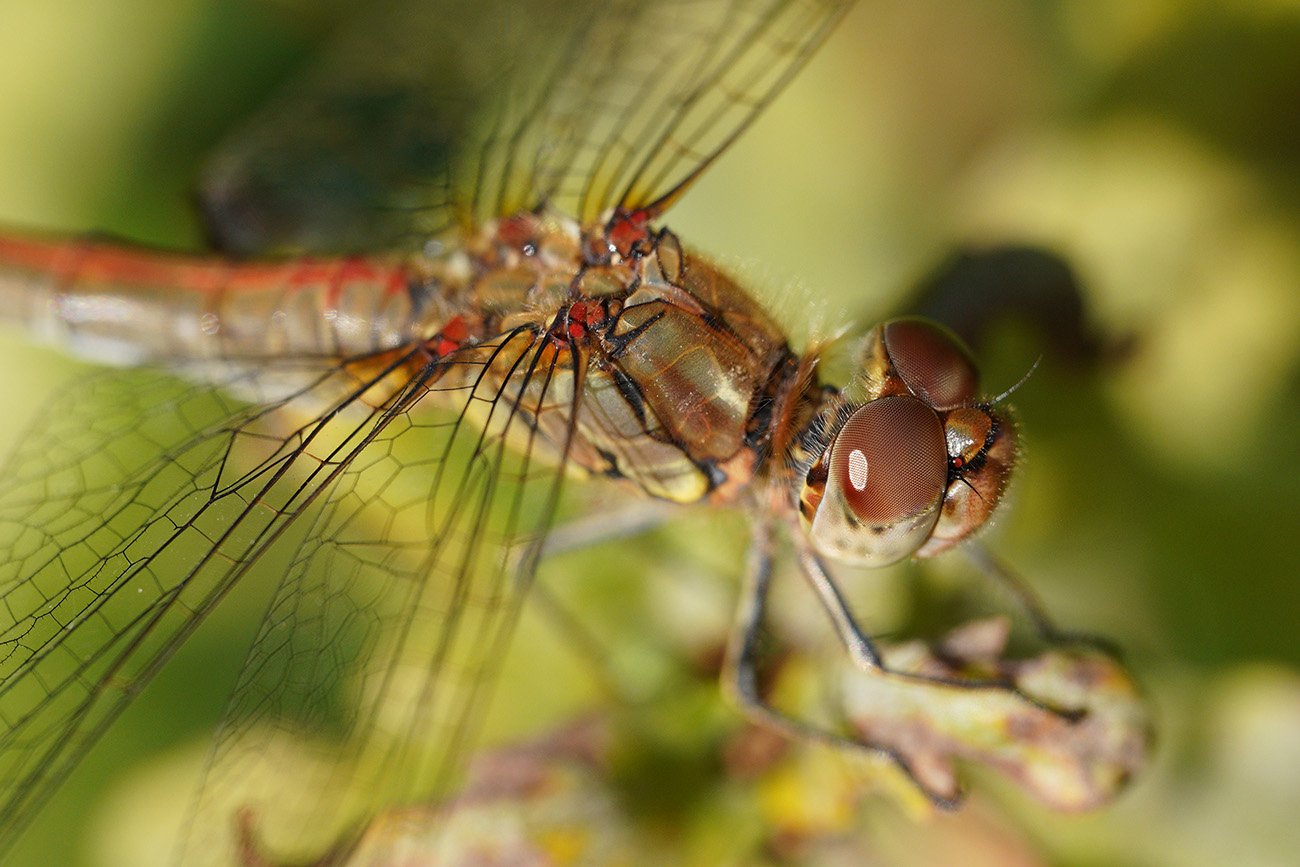
a7R III + Sigma 70mm F2.8 Macro @ 1/1000 | f/5.6 | ISO 500 | Cropped | ** Full Resolution SOOC Download: JPEG | RAW
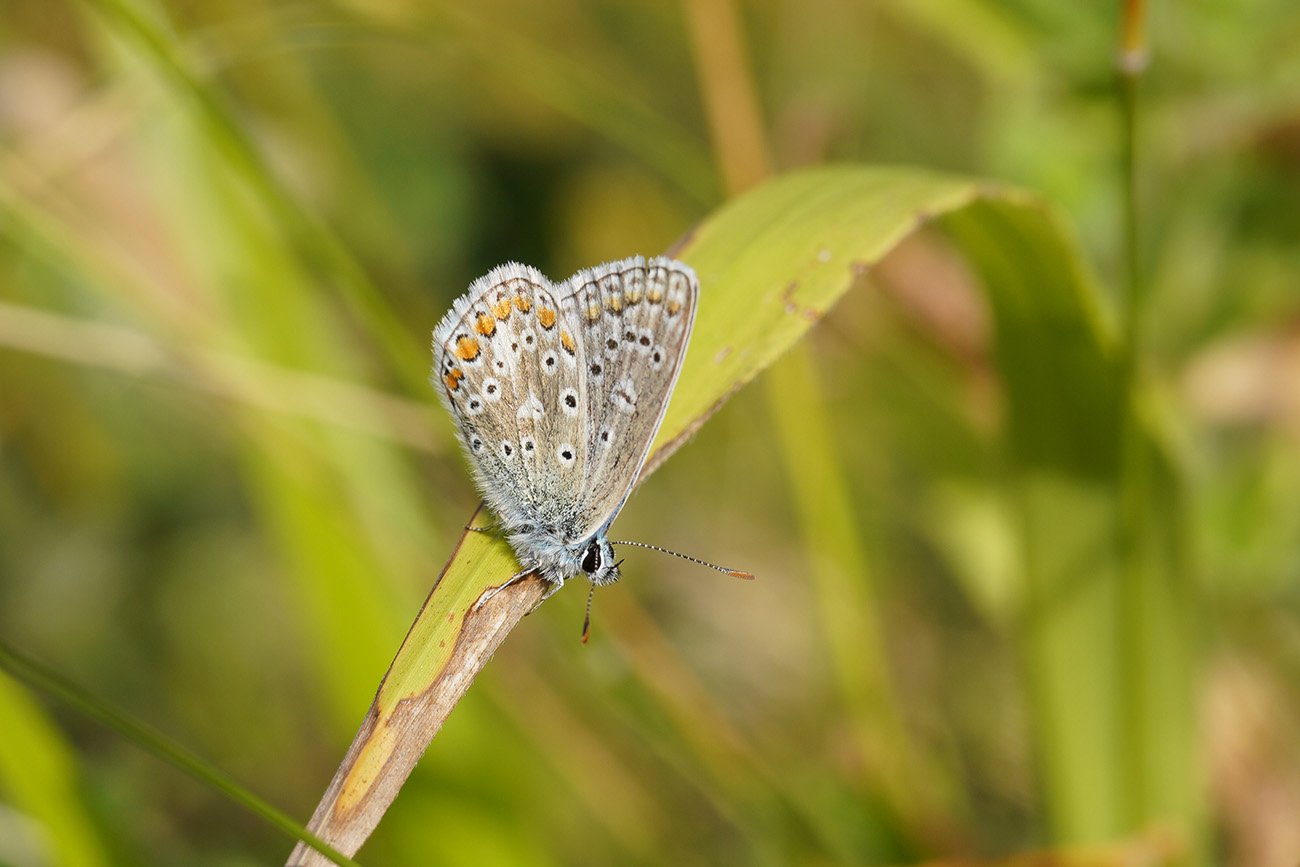
a7 III + Sigma 70mm F2.8 Macro @ 1/200 | f/9 | ISO 200 | Cropped | ** Full Resolution SOOC Download: JPEG | RAW
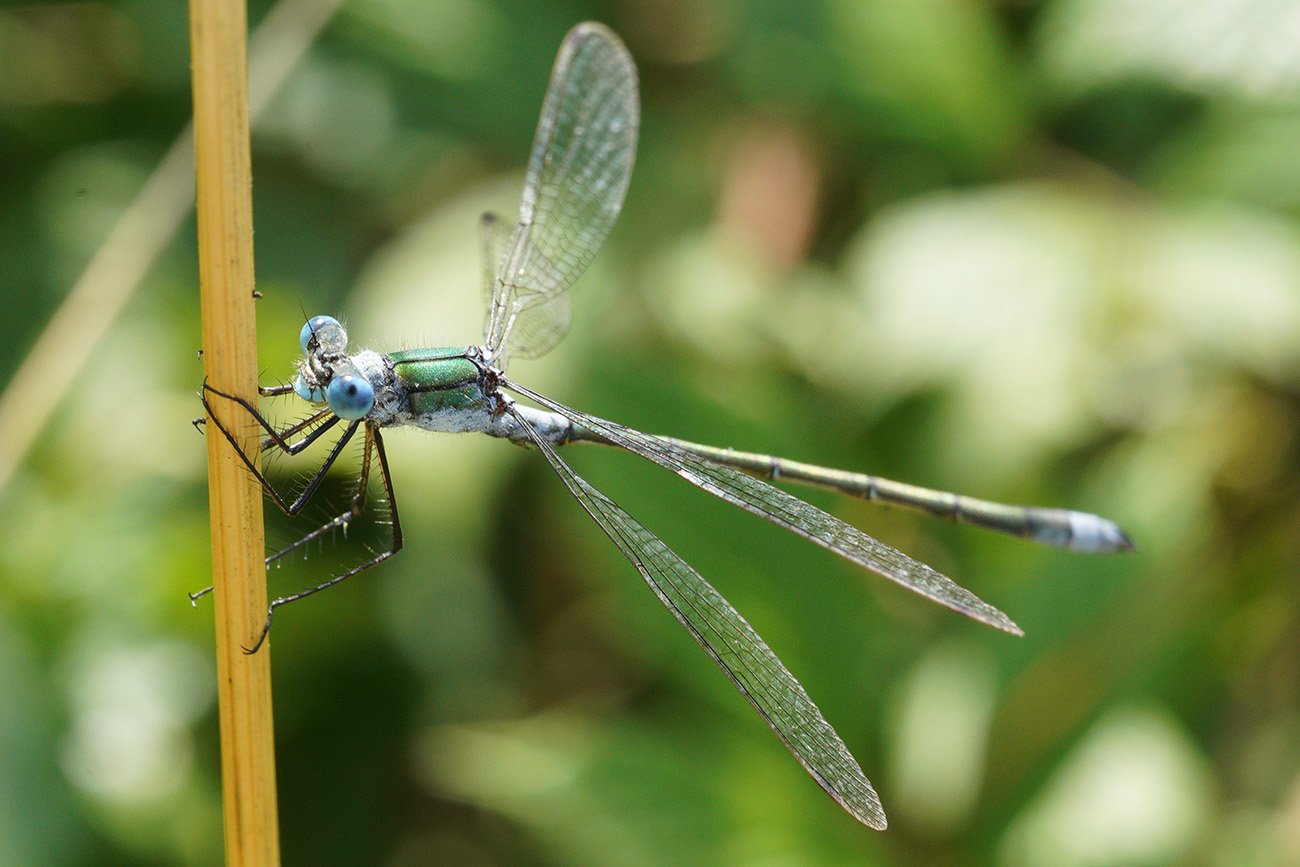
a7R III + Sigma 70mm F2.8 Macro @ 1/200 | f/11 | ISO 1000 | Cropped | ** Full Resolution SOOC Download: JPEG
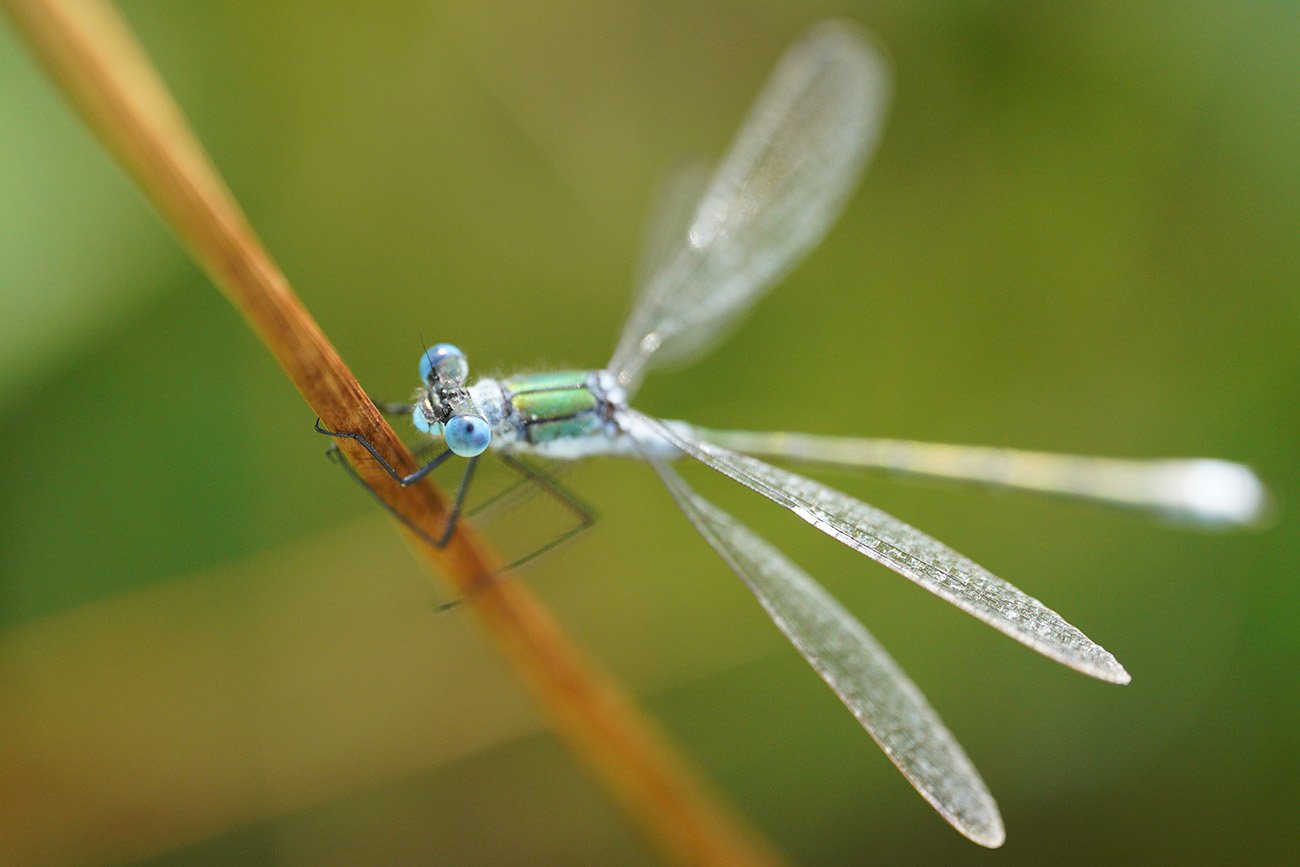
a7 III + Sigma 70mm F2.8 Macro @ 1/1000 | f/2.8 | ISO 800 | Cropped | ** Full Resolution SOOC Download: JPEG
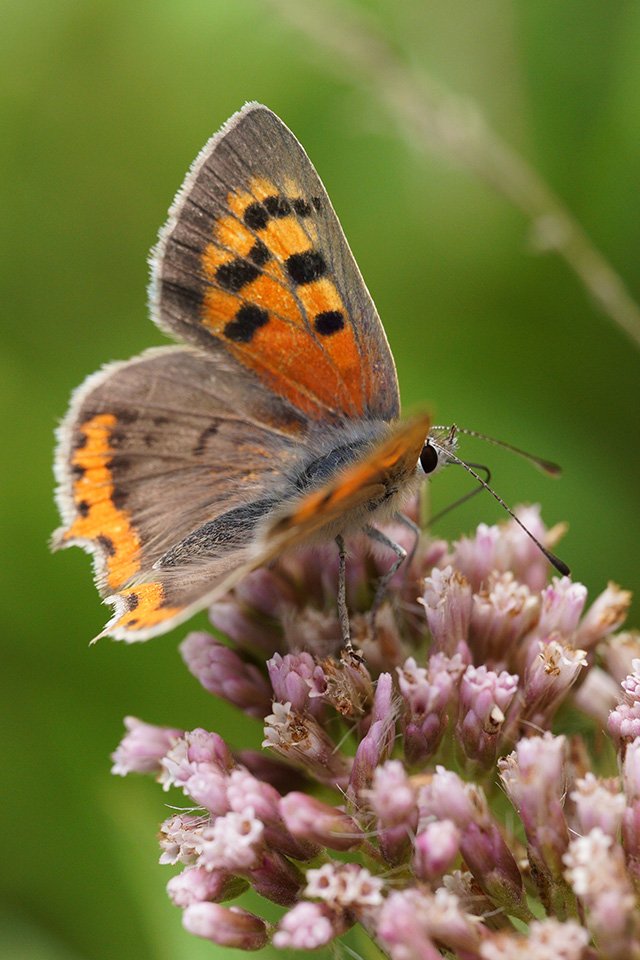
a7 III + Sigma 70mm F2.8 Macro @ 1/400 | f/5.6 | ISO 800 | Cropped | ** Full Resolution SOOC Download: JPEG | RAW
Handling / Build Quality
Sigma has a reputation for creating beautiful lenses, particularly in their Art Series and this lens is no exception. The Sigma 70mm f/2.8 DG Macro Art features a matte black and aluminum design, and from the moment you take it out of the box you know that you are holding an extremely well built piece of glass.
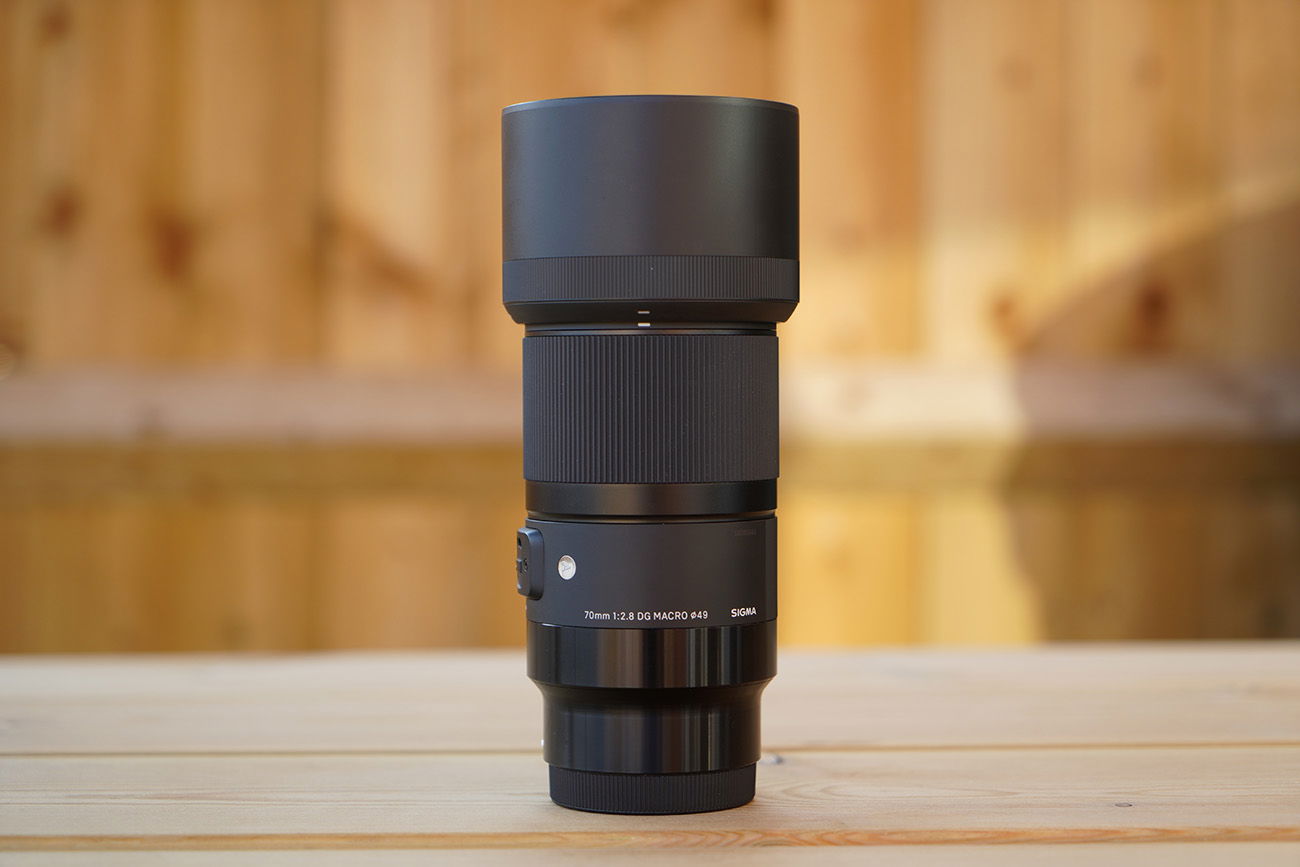
The lens weighs in at 622g with the included lens hood attached, making it a few grams lighter than the Sony FE 90mm F2.8 macro lens that weighs 647g with the lens hood. As for the length, the Sigma measures 130mm without the lens barrel extended, this compares with 140mm for the Sony 90mm macro. However, because the lens barrel of the Sigma extends when you focus, this takes it to a maximum length of 181mm.
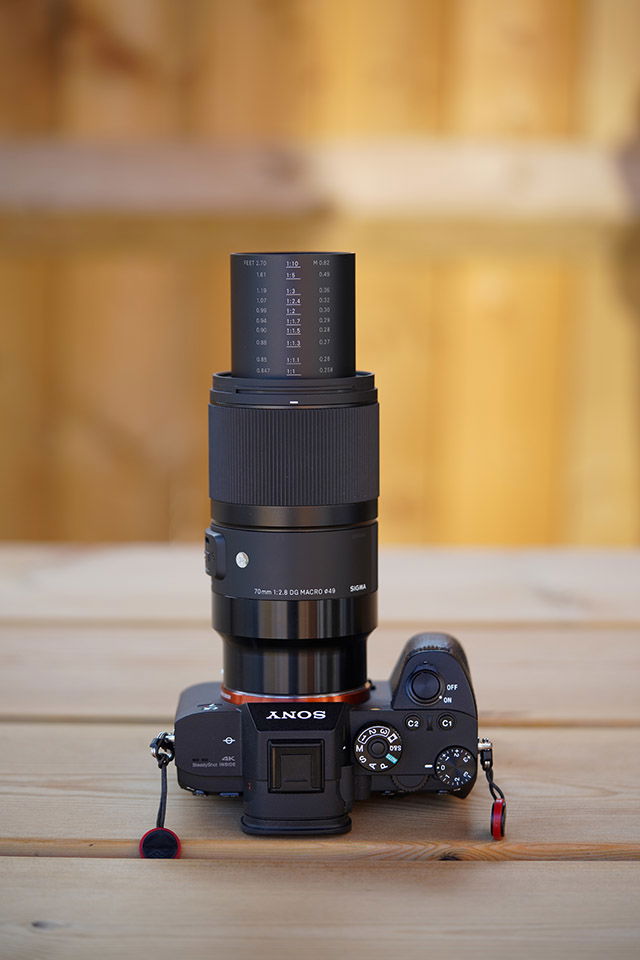
Around 40mm of the total length is used to accommodate the E-mount spacer/adapter that can be seen in the following shot.
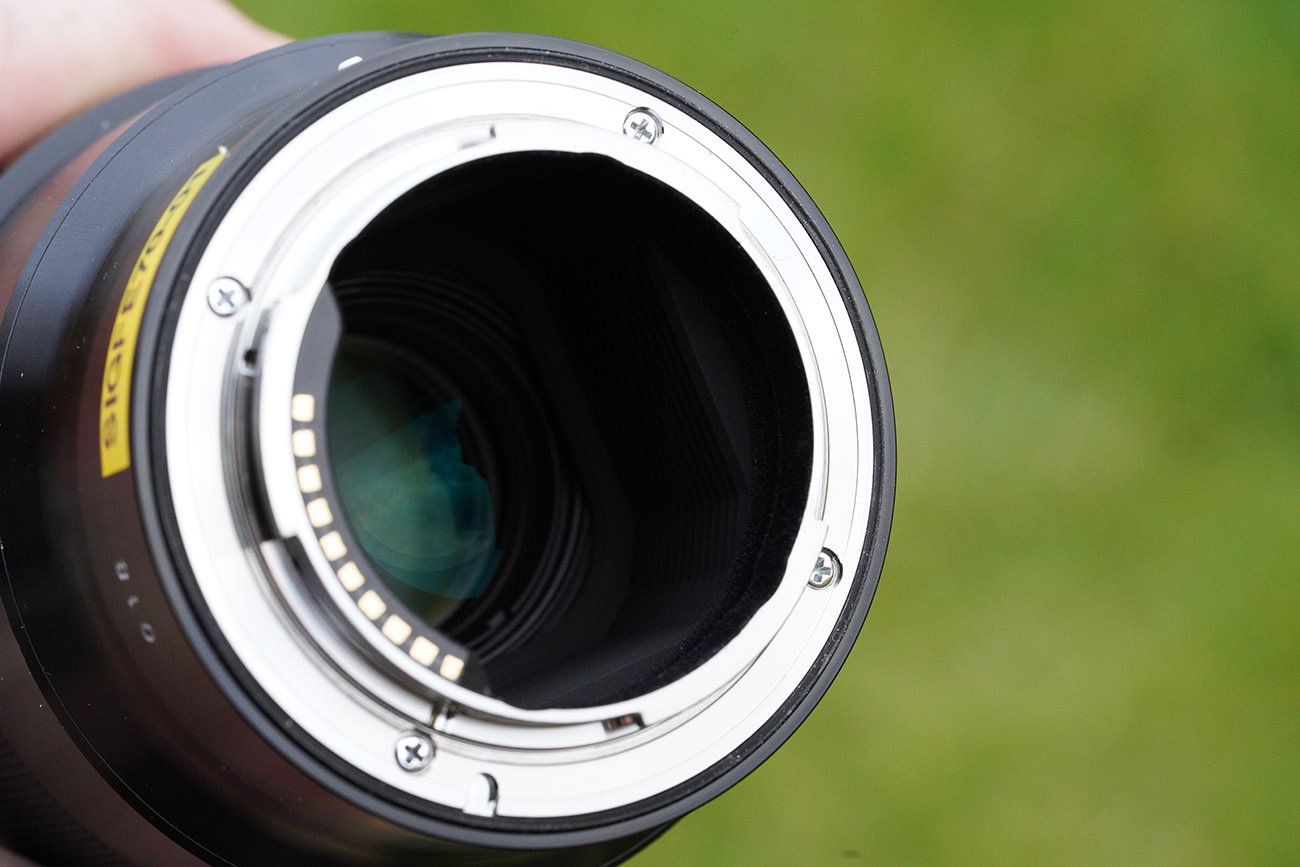
Although the lens barrel extends when focusing I never found it to affect handling in anyway, and with the lens hood attached the lens is always protected even when fully extended.
Sigma does not claim that any of their Art Series of lenses are weather resistant, but it does feature a rubber gasket around the lens mount which will hopefully prevent some dust and moisture from entering both lens and camera bodies.
The lens features a useful AF/MF switch, as well as a focus limiter switch with three settings – Full, 0.5m-infinity and 0.258-0.5m – allowing you to limit the focus range for faster focusing depending on the distance to your subject.
It really is hard to find fault with the build quality of this lens. That said, I do have one niggle with the 70mm focal length when combined with a minimum focusing distance of 25.8cm, which can at times make handling it frustrating for macro work. This is because to get true 1:1 magnification you will need to be extremely close to your subject, and when you get this close you will end up blocking the light on your subject and sometimes casting a shadow on it too. Also, if you are photographing small creatures, there’s a good chance that they will be long gone before you have nailed your shot.
Sharpness
Coming soon…
Bokeh
Bokeh is always very subjective. However, to my eyes this lens has really smooth bokeh, but let’s take a look at a few examples to see if you agree.
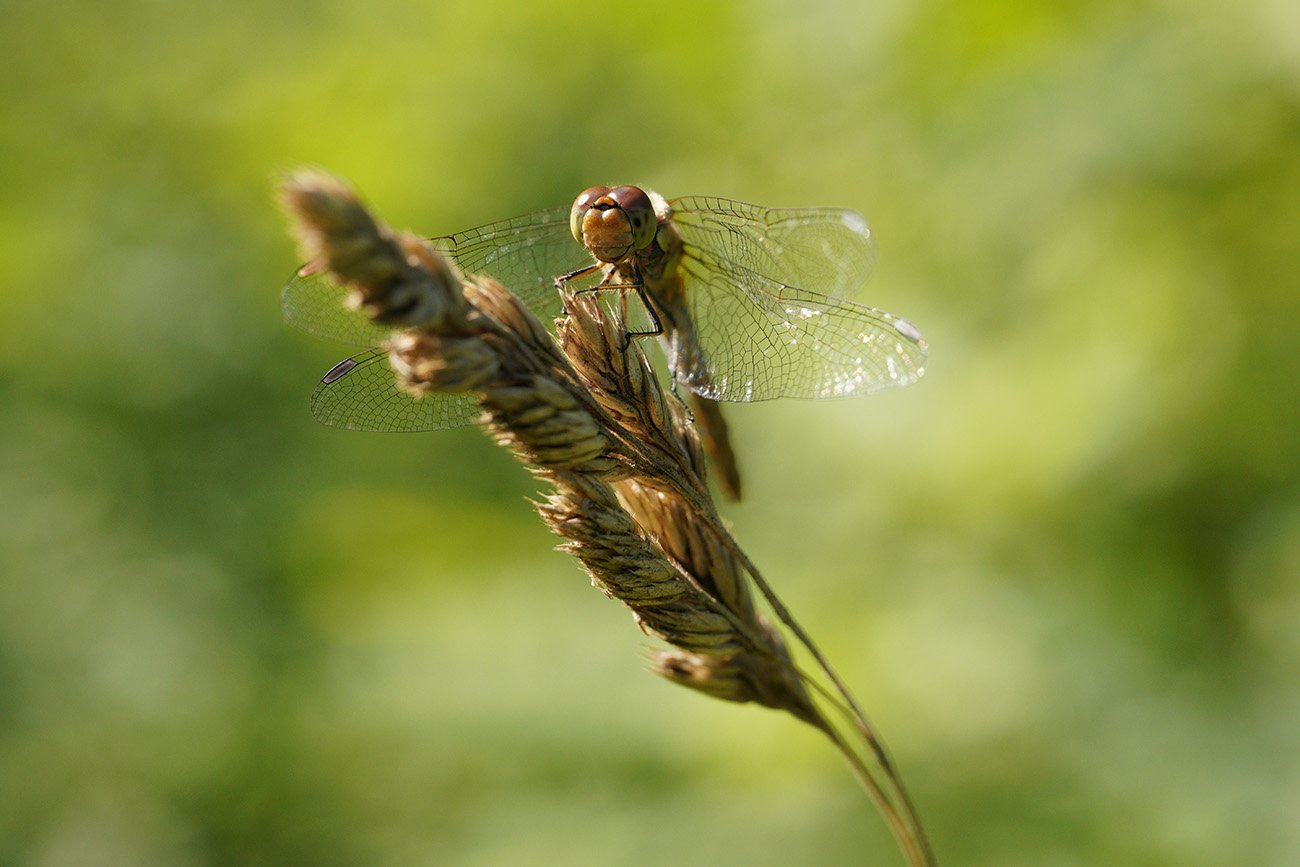
Background, what background? At f/2.8 the green foliage in this shot which was around 1-2 meters behind the dragonfly has been nicely smoothed out helping to draw your full attention to the subject.
a7R III + Sigma 70mm F2.8 Macro @ 1/1000 | f/5.6 | ISO 800 | Cropped | ** Full Resolution SOOC Download: JPEG | RAW
The out-of-focus highlights in this shot are brighter which makes for a more demanding scenario. You can seem some minor outlining, but the inner bokeh circles are mostly clean and free from onion rings. There is some cat’s-eye bokeh but I personally don’t find this distracting even at f/2.8.
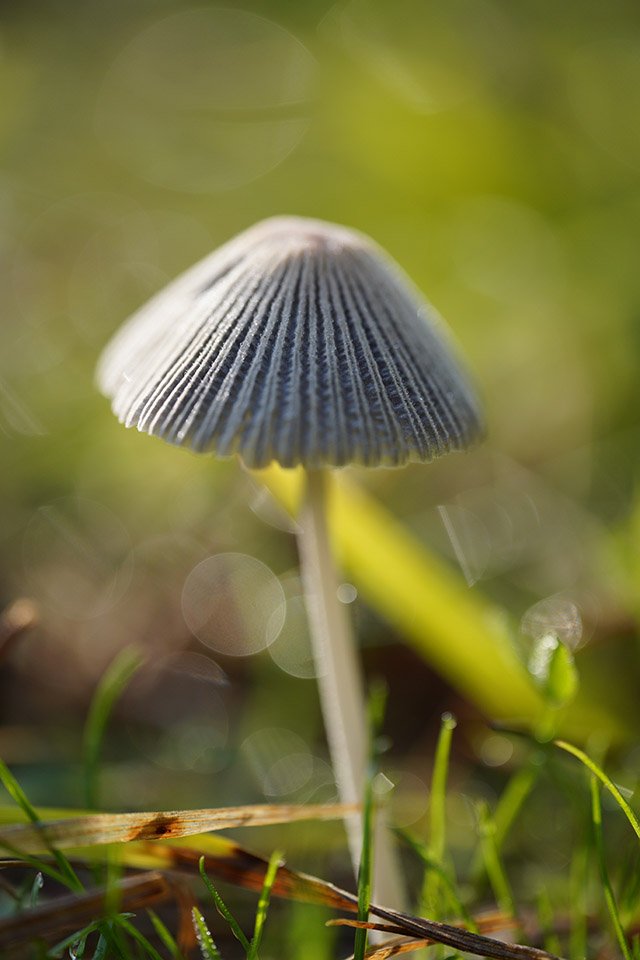
a7 III + Sigma 70mm F2.8 Macro @ 1/1000 | f/2.8 | ISO 500 | Full-frame | ** Full Resolution SOOC Download: JPEG | RAW
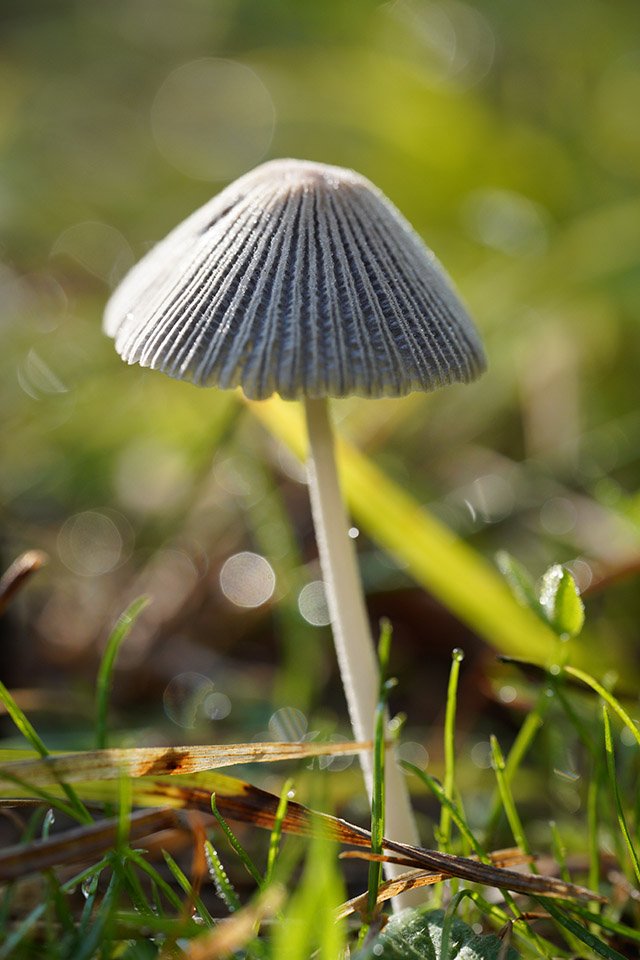
At f/5.6 the cat’s-eye bokeh is now gone, outlining is now more visible but the bokeh balls still remain nice and clean.
a7R III + Sigma 70mm F2.8 Macro @ 1/200 | f/5.6 | ISO 500 | Full-frame | ** Full Resolution SOOC Download: JPEG | RAW
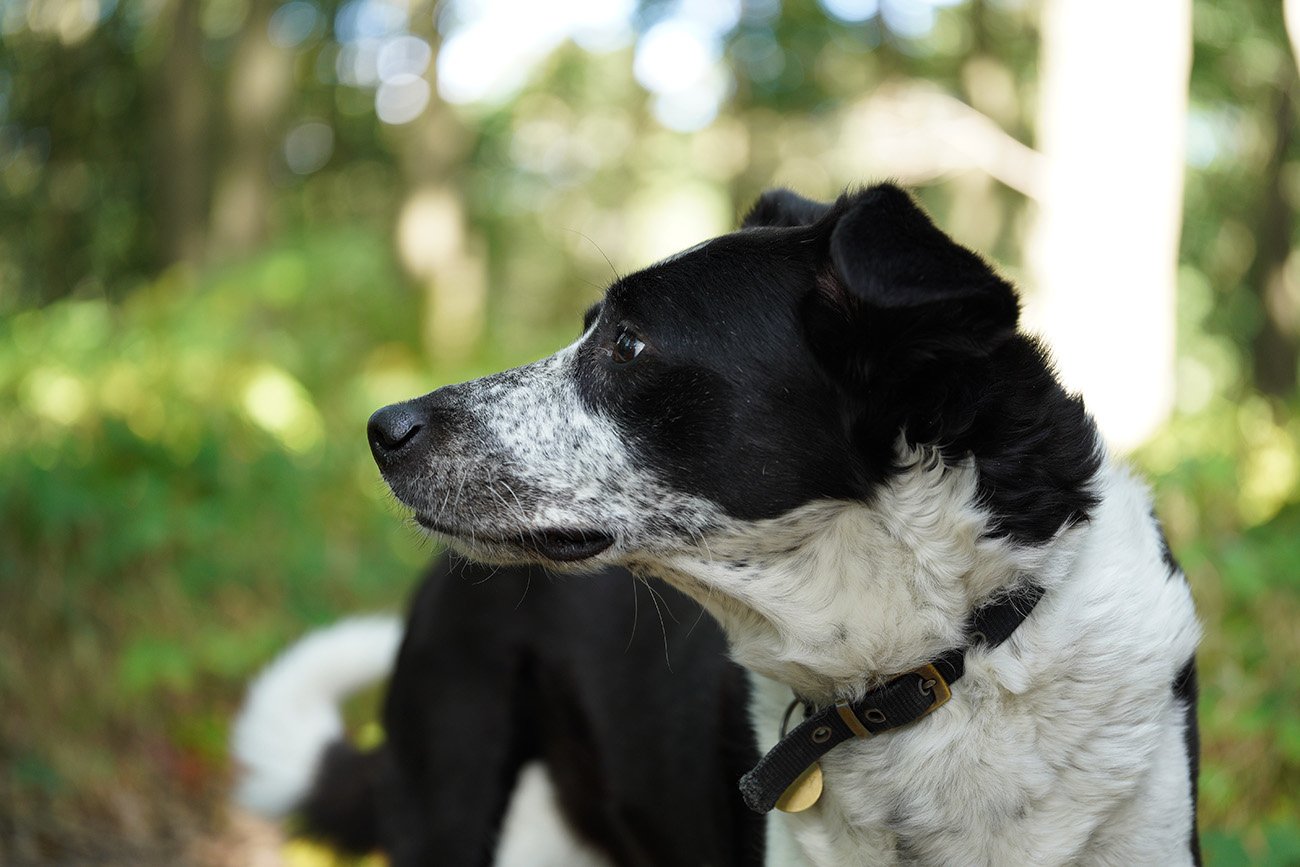
In this shot the foliage was around 10 meters behind Muddy. It’s not as smooth and creamy as the previous shot with a closer background, and there are some challenging highlights that expose the cat’s-eye bokeh balls again at this wide-open aperture of f/2.8.
a7R III + Sigma 70mm F2.8 Macro @ 1/200 | f/2.8 | ISO 500 | Full-frame | ** Full Resolution SOOC Download: JPEG | RAW
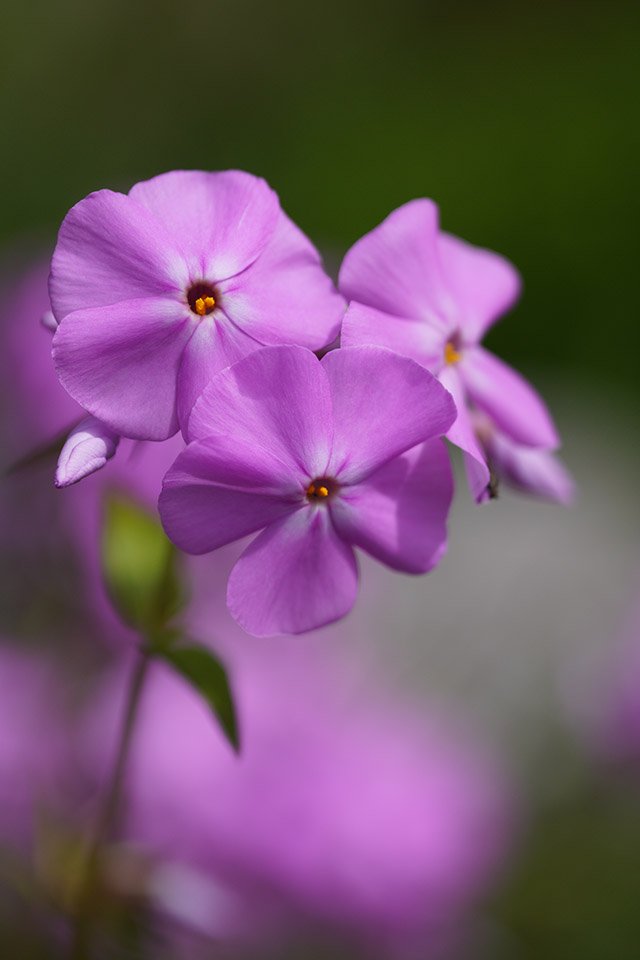
Sony a6400 + Sigma 70mm F2.8 DG Macro Art @ 1/4000 | f/2.8 | ISO 125 | Full Resolution SOOC Download: JPEG | RAW **
Focusing
The Sigma 70mm F2.8 DG Macro Art lens features a fly-by-wire focusing system that is routed through the focus motor, there is no physical coupling to the lens elements or hard stops, and the lens needs to be mounted to the camera and powered up for it to work.
The autofocus is certainly not the fastest that I have used or the quietest, and it will often seek more than usual in low light conditions. It also needs a full 3 seconds to switch focus from minimum to maximum distance. Still, for macro work you can set the limiter to the 0.258-0.5m setting which helps to speed things up a little.
Personally I prefer to manually focus anyway for macro work, as trying to nail the focus on the tiny eye of a butterfly using AF is virtually impossible.
The large focusing ring is extremely smooth and gives you a lot of precision when manually focusing, however this precision comes at a price, as the focus ring requires around 10 twists of the wrist to go from minimum to maximum distance. This isn’t ideal if you are shooting anything living!
I found the fastest method for manual focusing was to pre-focus on something other than my subject, then simply use focus peaking and move the camera back and forth until my subject or a specific feature like the eyes come into focus.
Flare and Ghosting
Coming soon…
Vignetting
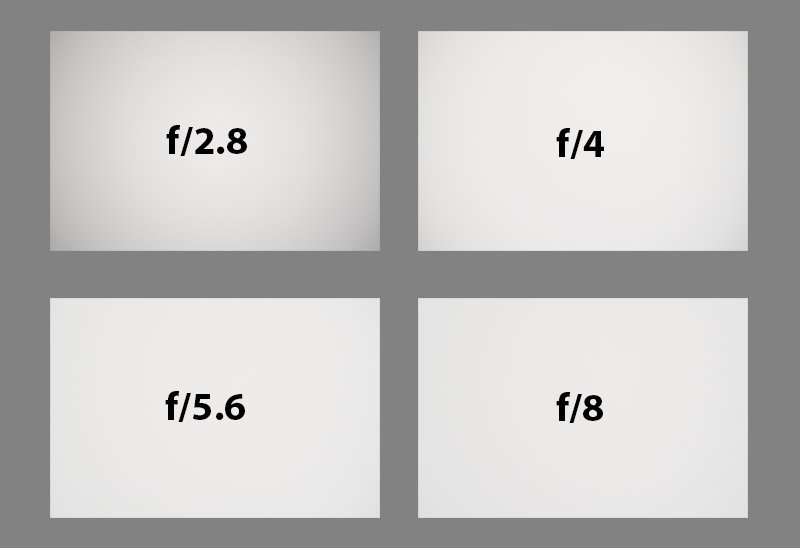
If in-camera lens corrections are turned off or you are shooting in raw, then you will notice some darkening in the corners when shooting wide-open at f2.8. Stop down to f/5.6 and the vignetting is more or less gone.
If you are using in-camera corrections then you won’t see any vignetting in your jpeg images and raw files can easily be corrected with the lens profile in Adobe Lightroom and Camera RAW (v7.5/10.5).
Chromatic Aberration
Coming soon…
Distortion
Coming soon…
Sunstars
Coming soon…
Alternatives
In case you are curious about alternative macro lenses to the Sigma 70mm F2.8 DG Macro Art lens, then these are your native E-mount options.
Sony FE 90mm F2.8 G OSS Macro Lens
Sony FE 50 mm F2.8 Macro
Sony E 30 mm F3.5 Macro
Voigtlander 110mm F2.5 Macro Apo-Lanthar
Voigtlander 65mm F2 Macro APO-Lanthar
The next update to this review will include further details on the alternative choices.
Summary
Coming soon…
Before You Go
Do you already own this lens? If you do, I’d love to hear your thoughts in the comments below. And if you are on Facebook, then please do post your shots or ask any macro related questions you may have in our friendly Sony Alpha Macro Shooters Group.


Leave a Reply